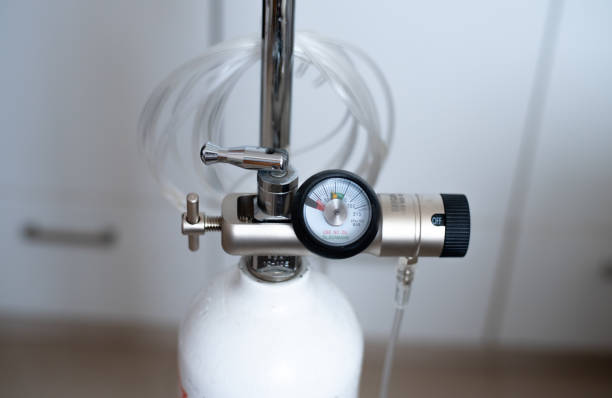Oxygen Cylinder Free Home Delivery Service in BD, now offers a revolutionary oxygen cylinder-free home delivery service. This innovative approach addresses the high demand for medical oxygen while eliminating the challenges of traditional cylinder systems.
Why This Innovation Matters
Medical oxygen demand has reached unprecedented levels during health crises. Recognizing this urgency, Dhaka introduced an alternative to conventional oxygen delivery. This service uses advanced technology to simplify oxygen therapy for patients.
How the Service Works
The service relies on oxygen concentrators, devices that extract oxygen from the air. Unlike traditional cylinders, concentrators don’t need refilling or transportation.
Key Advantages
- Convenience and Mobility: Compact and lightweight, concentrators allow patients to move freely during therapy.
- Continuous Oxygen Supply: They ensure an uninterrupted oxygen flow, even during emergencies.
- Environmentally Friendly: Eliminating single-use cylinders reduces waste and supports sustainability.
- User-Friendly: Simple controls and minimal maintenance make concentrators easy to use.
- Supply Chain Independence: Patients avoid disruptions caused by cylinder shortages.
Overcoming Challenges
For broader adoption, certain hurdles must be addressed:
- Affordability: Lowering costs is essential for accessibility. Partnerships with healthcare organizations can help.
- Awareness: Education campaigns can familiarize communities with the benefits of oxygen concentrators.
- Scalability: Expanding infrastructure is vital to meet growing demand.
Conclusion
Oxygen cylinder-free home delivery Service in BD represents a breakthrough in healthcare. By combining advanced technology and eco-friendly practices, it offers reliable, sustainable oxygen therapy. As this model expands, it promises to transform patient care and redefine oxygen delivery.

